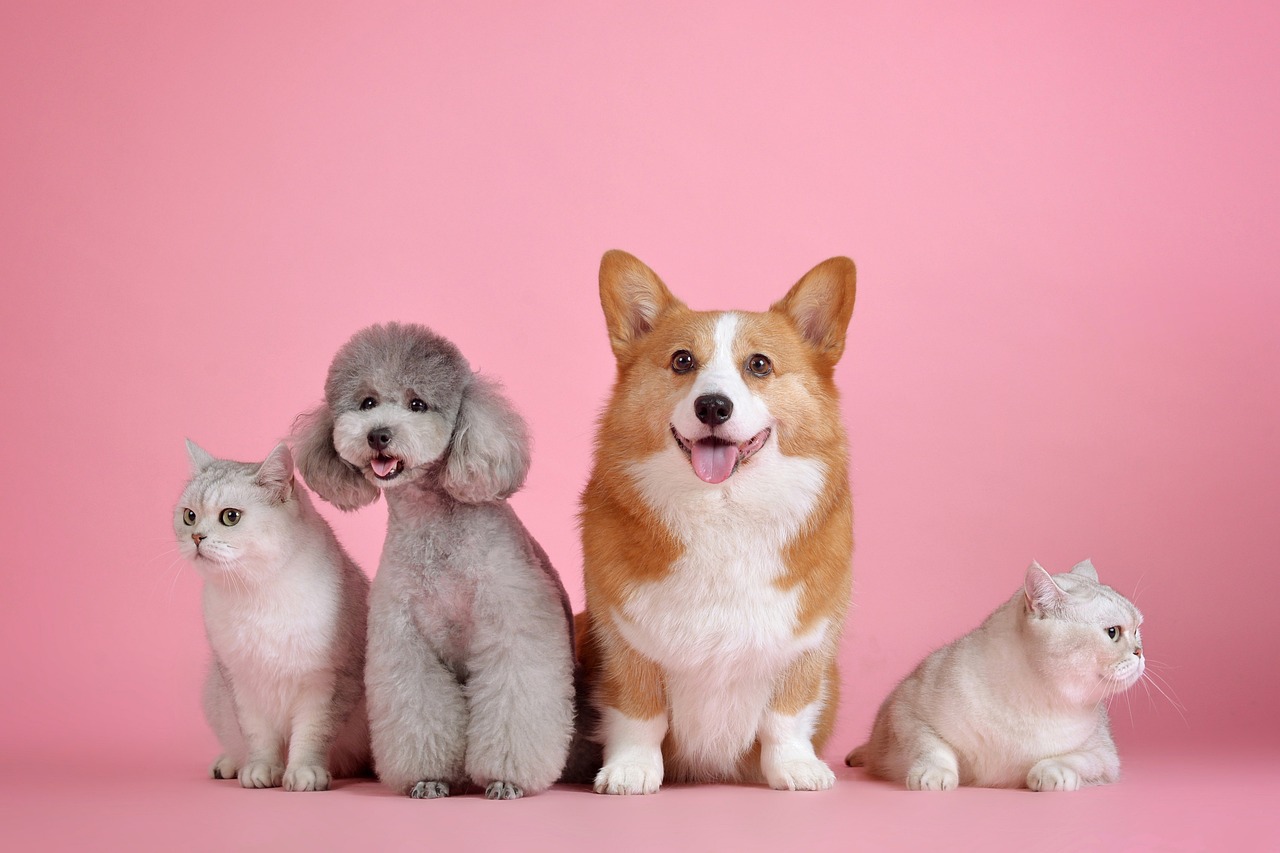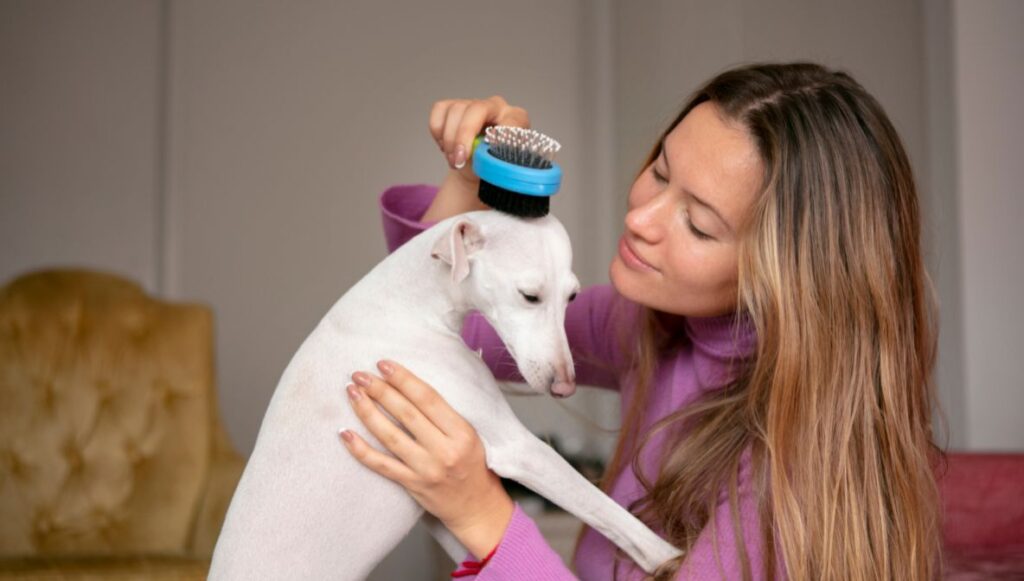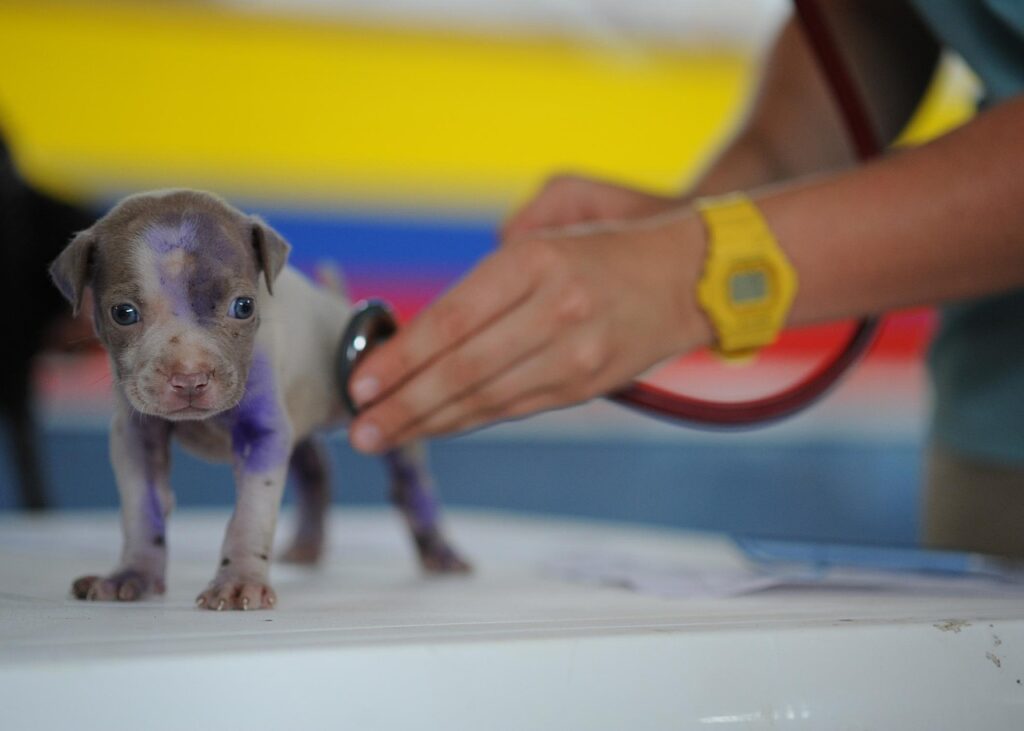Routine Pet Care Checklist for Happy, Healthy Pets

The health and happiness of your pet is one of your top priorities as a pet owner. However, knowing how to balance their needs can sometimes be overwhelming. A well-organized routine pet care checklist will simplify the process and help you maintain a healthy, balanced life for your pet.
Pet needs vary based on breed, age, size, and activity level. Nonetheless, there are some universal steps that all pet owners should incorporate into their daily, weekly, and monthly routines to keep their pets thriving. This comprehensive guide will give you actionable insights into caring for your pet from nose to tail.
Whether you have a dog, cat, or even a small pet like a rabbit or hamster, this checklist will help you take the guesswork out of pet care. By following these steps, you’ll meet their physical needs and support their emotional and mental well-being.
The Importance of Routine Pet Care
A structured routine helps prevent many common health problems for pets and ensures they receive the most effective care. Consistency is the key to managing health, happiness, and behavioral issues. With routine care, you will notice problems early, allowing you to address them before they escalate into major health concerns. Regular checks will also increase your pet’s longevity and improve their quality of life by providing the attention they need.
The routine pet care checklist should cover everything from basic care, such as feeding and cleaning, to more advanced preventive healthcare. Below, we’ll break down the essential areas of routine care that will keep your pet in peak condition.

1. Daily Pet Care Tasks: Essential for every day
The building blocks of a pet’s well-being are their daily routines. These simple tasks will contribute a long way to keeping your pet healthy and happy.
Feeding
Feeding is the most fundamental aspect of your routine pet care checklist. Establishing a consistent feeding schedule based on your pet’s age, breed, and health status is imperative.
-
Measure meals carefully: Pets should be fed appropriately for their age, size, and activity level. Avoid overfeeding or underfeeding, as both can lead to health problems like obesity or malnutrition.
-
Provide fresh water: Always ensure your pet has access to clean water throughout the day. Dehydration can lead to kidney issues and other serious health concerns, especially in warmer weather.
-
Monitor food quality: Choose high-quality pet food that meets your pet’s nutritional requirements. Consult a vet if you’re unsure which food is appropriate for your pet.
Exercise and playtime
Pets need regular physical activity to stay fit and mentally stimulated. Exercise helps maintain a healthy weight, promotes healthy digestion, and strengthens the muscles and bones.
-
Dogs: Aim for at least 30 minutes to 2 hours of exercise daily, depending on their breed and size. Dogs that are active or working breeds might need more rigorous exercise. Walking, fetching, and agility training can be incorporated into their routines.
-
Cats: Cats are less active than dogs, so they require daily stimulation. Play with interactive toys, or give them a window perch to watch birds and other outdoor activities.
-
Small pets (rabbits, guinea pigs, etc.): Provide small pets with safe, enclosed areas where they can roam free and explore. Exercise can be provided by tunnels, ramps, and chew toys.
Basic grooming.
Daily grooming isn’t just for aesthetic purposes—it plays a significant role in your pet’s overall health. Getting your pet groomed regularly can help detect health problems such as skin infections, lumps, and parasites early on.
-
Brush their coat: Brushing prevents matts, tangles, and excessive shedding, allowing you to spot flea infestations or skin abnormalities. A few times a week is usually enough to brush short-haired breeds, while long-haired breeds may need to be brushed daily.
-
Check their paws: Ensure your pet’s paws are clean and free from dirt, debris, or injuries. Dogs and cats with outdoor access should also regularly wipe their paws to prevent infections.

2. Weekly Pet Care Tasks: For Better Hygiene and Comfort
While some tasks are done daily, other essential tasks should be handled weekly to keep your routine pet care checklist clean and comfortable.
Bathing
Bathing frequency depends on your pet’s breed, lifestyle, and grooming needs. Regular bathing ensures your pet’s skin stays healthy and free from dirt and odors.
- Dogs: Most dogs benefit from a bath once every 4 to 6 weeks. However, active dogs or those with allergies may require more frequent baths. Always use pet-safe shampoo to avoid skin irritation.
- Cats: Most cats groom themselves and don’t need regular baths. However, if your cat is dirty or has health problems requiring bathing, use a mild pet shampoo.
Nail Trimming
Long nails can cause discomfort, lead to mobility issues, or damage to furniture and floors. Regular nail trimming prevents overgrowth, injury, and discomfort.
- Dogs and Cats: Trim your pet’s nails weekly or bi-weekly, depending on their growth rate. If unsure how to trim nails, consider asking your veterinarian or a groomer for a tutorial.
- Small Pets: Check your small pet’s nails weekly and trim them if they get too long. Overgrown nails in small pets can cause injury or difficulty walking.
Ear Cleaning
Ear infections are common in pets, especially those with floppy ears or long hair. Regular ear cleaning can prevent infections and ensure your pet’s ears stay healthy.
- Dogs: Check your dog’s ears weekly for signs of wax buildup, dirt, or infection. If your pet has a strong odor or seems scratching their ears, consult your vet.
- Cats: Cats don’t usually require frequent ear cleaning, but if you notice excessive wax or your cat scratches their ears, it may be time for a cleaning.
3. Monthly Pet Care Tasks: Essential Preventive Measures
In addition to daily and weekly tasks, some vital actions must be taken monthly to prevent illness and ensure your routine pet care checklist remains in top condition.
Parasite Prevention
Parasites such as fleas, ticks, and worms can cause serious health problems for pets. Preventive treatment is key to avoiding these issues.
- Fleas and ticks: Use flea and tick preventatives prescribed by your veterinarian. Flea infestations can lead to allergic reactions and even cause anemia in severe cases. Ticks can transmit Lyme disease and other dangerous illnesses.
- Heartworm prevention: Administer heartworm preventatives to your dog, as heartworm disease can be fatal if left untreated. Your vet will recommend the best treatment based on your dog’s needs.
- Fecal testing: Annual fecal tests are important for detecting internal parasites, even if your pet doesn’t show symptoms.
Vet Check-ups
Monthly visits to the vet aren’t necessary unless there’s an issue, but staying on top of health screenings and vaccines is vital. It’s a good idea to schedule a wellness check with your vet if any issues arise or your pet is due for vaccines.

4. Annual Pet Care Tasks: Thorough Health Assessments
You should schedule an in-depth vet visit at least once a year to ensure your pet is as healthy as possible. These visits allow the vet to catch any potential health concerns before they develop into serious problems.
Annual Vet Visit
Your vet will thoroughly examine your pet’s weight, heart, skin, coat, eyes, and teeth. Blood work may also be recommended to check for underlying health issues, especially for older pets.
Vaccinations
Ensure your routine pet care checklist stays up-to-date on their vaccinations, including rabies, distemper, and parvovirus for dogs, as well as feline leukemia and rabies for cats. Annual boosters are critical in keeping your pet protected from harmful diseases.
Dental Health
Regular dental cleanings can help prevent gum disease, tooth decay, and bad breath. Poor oral hygiene can lead to systemic health issues like heart disease, so make sure your pet’s teeth are professionally cleaned at least once a year.
5. Mental Health and Enrichment: A Happy Pet is a Healthy Pet
A happy, healthy pet isn’t just physically fit; their mental health matters as much. Boredom and isolation can lead to behavioral issues like chewing, digging, and anxiety. Mental stimulation, socialization, and enrichment are crucial to your pet’s well-being.
Interactive Play
- Dogs: Engage your dog with interactive toys like puzzle feeders, fetch games, or tug-of-war. Activities that stimulate their mind and body are essential.
- Cats: Keep your cat active with laser pointers, climbing trees, and window perches. Provide them with toys that mimic hunting, such as feather wands or treat puzzles.
Socialization
- Dogs: Expose your dog to other dogs, people, and environments to build confidence and reduce anxiety. Dog parks and obedience classes are excellent ways to socialize.
- Cats: While cats tend to be more solitary, they also benefit from interaction with other pets and humans. Ensure your cat has the opportunity for positive social experiences.

Conclusion:
Creating a routine pet care checklist and sticking to it will ensure that your furry friend remains healthy, happy, and well-cared for. Daily, weekly, monthly, and annual care tasks, combined with a focus on mental enrichment, provide a holistic approach to keeping your pet in top condition. By following these steps, you’ll improve your pet’s physical health and enhance their emotional and psychological well-being.
Remember, consistency is key! Making these care tasks a part of your routine will prevent many common pet health problems, increase your pet’s life expectancy, and ensure they are living their best, happiest life by your side.
FAQs
1. How often should I take my pet to the vet?
At least once a year for a routine check-up, but more frequent visits are necessary for older pets or those with health issues.
2. How do I know if my pet is overweight?
If you can’t feel your pet’s ribs or if it has difficulty moving around, it might be time to consult your vet about its weight.
3. What should I do if my pet seems anxious or stressed?
Provide mental stimulation, play regularly, and ensure a consistent daily routine pet care checklist. If anxiety persists, consult a veterinarian.
















Recent Comments